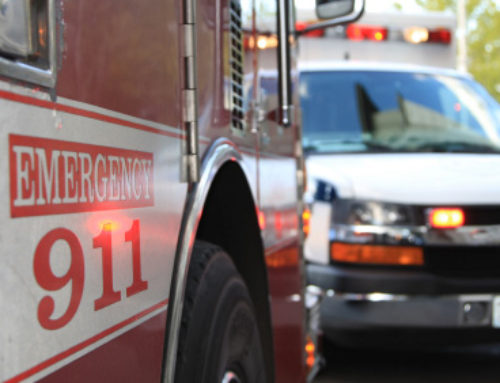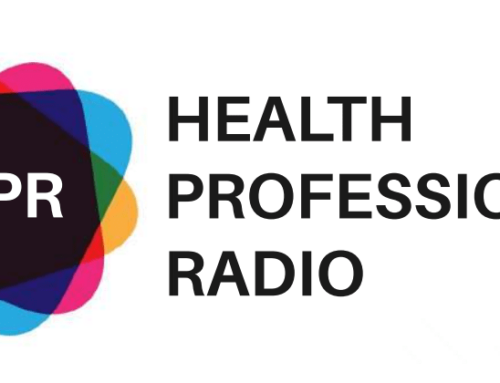
As an industry we spend a lot of time on ‘transactional planning’. Budgets, scheduling, fleet maintenance, marketing events that fall in our laps and participating in local disaster preparedness events.
Yet, the vast majority of services spend little to no time planning for their service’s growth and sustainability. When I talk with EMS leaders about their organizations, it is rare that any have done substantial ‘visionary planning’. Of those that have done some planning, few have actual documents that could be passed on to a successor if necessary.
I think the reason for this is the fact that by its very nature, EMS is a reaction based industry. We plan to be ready, we train, we prepare and when the call comes we respond. When the calls end, we debrief, we restock and we prepare for the next one. This never-ending cycle is so all encompassing and so intense that we forget to take the time to step back and actually plan for the future of the organization as a whole.
Often the ‘future’ is defined in terms of days or weeks rather than months or years.
I’ve been working as a consultant in the EMS industry for 30+ years. When a potential client decides that the time has finally come to do some planning, they routinely want to go all out, all the way to the extreme other end of the planning spectrum by trying to craft elaborate plans that will theoretically take an agency out 10-15 years.
Think about all of the challenges and changes that have taken place in EMS in the last 10 years. We are routinely using technology today that wasn’t even invented 10 years ago.
I strongly recommend to clients that they initially evaluate the previous two years of their operation and then use that data to develop 1, 3 and 5 year plans.
It is also important to realize that once started, planning is not a one-time event. Ongoing review and adjustments should become a part of the organizational culture and continue year after year. When this is done properly, the need to go out longer than 5 years is no longer required.
Also, when the planning process is done correctly, each agency should end up with three separate and distinct plans or sections of a “master plan”.
These are:
- Strategic Growth and Operations Plan
- Community Awareness Marketingsm and PR Plan
- Succession and Continuity Plan
Strategic Growth and Operations Plan
This plan or section should honestly and realistically address all of the horizon issues from aging workforce, finances, changes to the population in your service area (growth or shrinkage) to regionalization and competition challenges and opportunities.
Additionally, what technologies, either to be adopted or upgraded, need to be planned and budgeted.
Call volume, revenue, payroll and response targets (KPIs) should be part of this plan and then meaningful evaluation of progress can be measured daily, monthly and quarterly. The larger your size, the more frequently the review.
This plan also helps you think through operational policies, procedures and identify areas of concern.
Community Awareness Marketingsm and PR Plan
It is not enough simply to show up in your community when 9-1-1 rings or to do a couple of community events, ANY ambulance service can do that. Truly successful EMS agencies are everywhere in their communities and enjoy the goodwill that comes from that involvement.
How do you communicate with your eight customer groups now? Are you crafting a cohesive and consistent message to each?
(if you are not sure about the eight groups, read this article from the archives: https://www.holdsworth.com/customer-service-is-part-of-your-mission/ )
A Community Awareness Marketingsm and PR Plan lays out multiple touch points within the community every year. Identifies media partners and persons on influence within the community. The plan additionally identifies and assigns areas of responsibility to specific team members within the EMS organization who will for dealing with the marketing and the media. Th plan should also insure that training, funding and scheduling is provided o those team members to make marketing and promotion of the agency a priority, not an afterthought.
Succession and Continuity Plan
Of all the businesses that SHOULD understand how truly fragile life is, you would think that EMS would be the best at being prepared…we’re not!
I firmly believe that part of every leader’s mission should be to mentor and train others to take their place. Routinely however, EMS agencies do not have continuity or success plans in place. Leaders keep critical data like passwords, payroll and client data to themselves in fear that someone will take their jobs or sabotage the agency.
I know of three cases where this ‘safeguarding’ of information led to the leader actually taking the information to the grave with him leaving the agency trying to cope with the emotional loss of a leader, while trying to reconstruct computer access and scramble to appoint new leadership.
We have to do better and this part of the planning process identifies what data will be safeguarded, where it will be kept and how a transition of power will take place.
I know this sounds like a lot of work, and it is…the first time. Once the process has been identified and worked through, the annual updates are significantly easier.
If you truly want to be a progressive EMS agency, the progress has to go deeper than a nice-looking fleet, a well-dressed team and the latest clinical techniques and equipment.
So…Got Plans?





